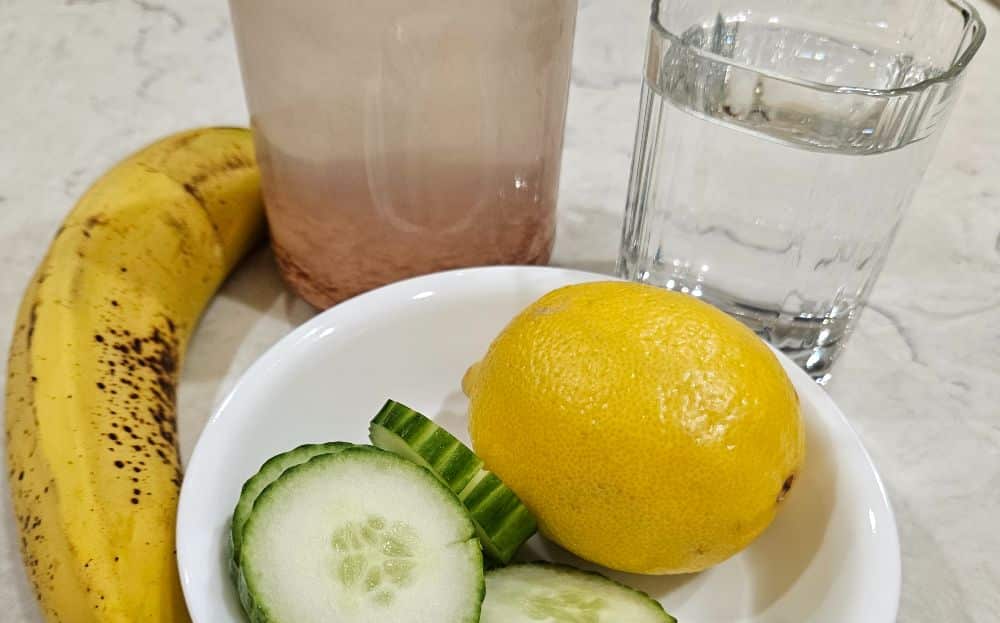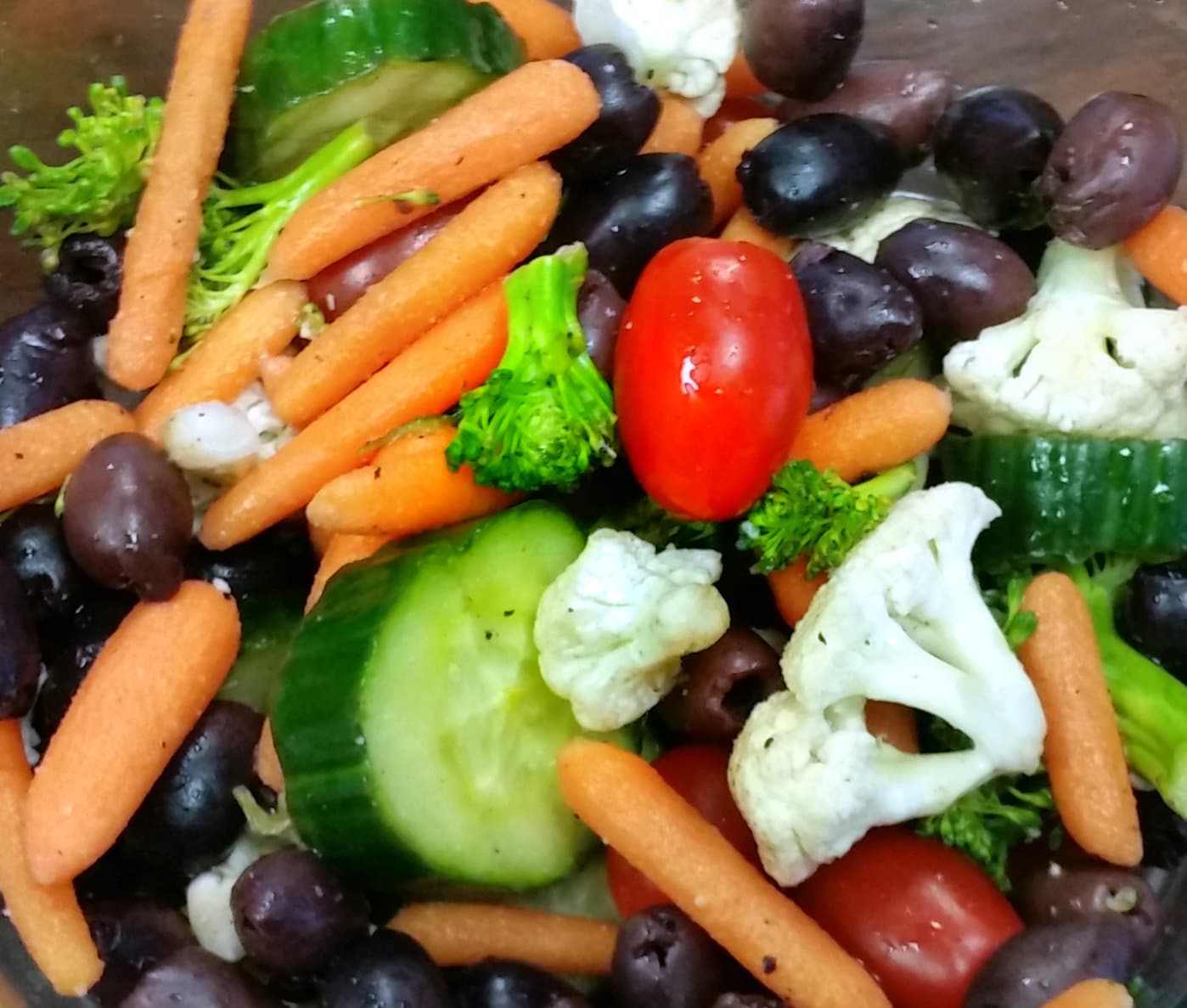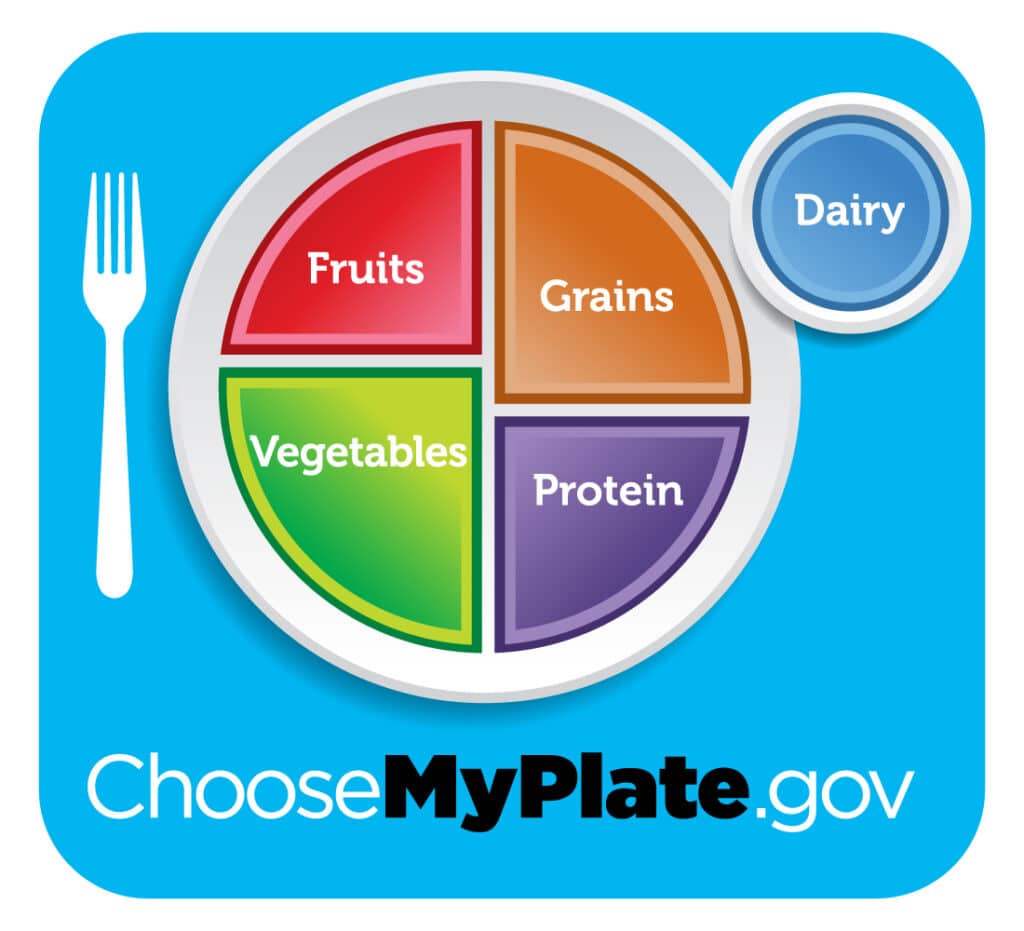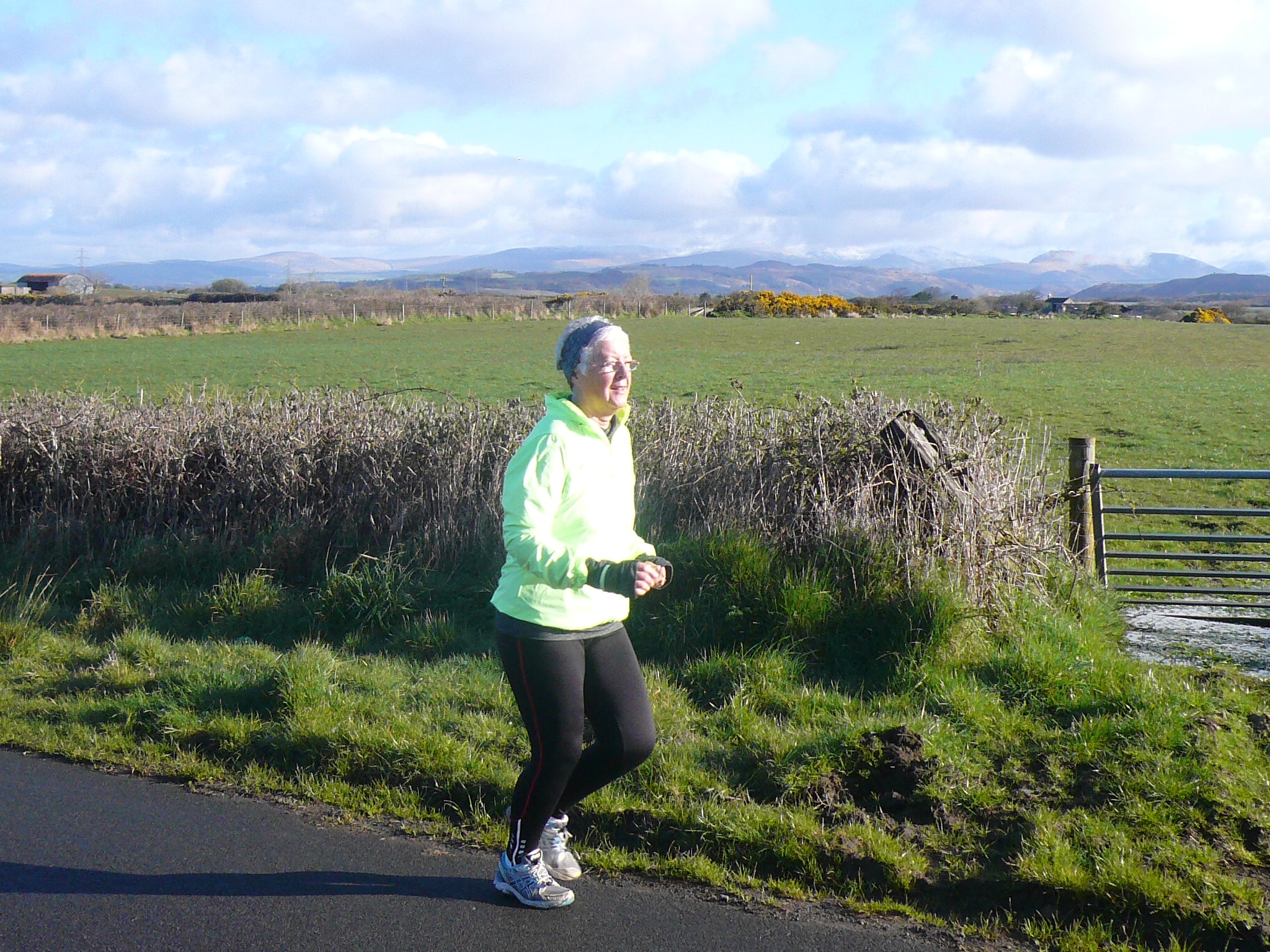Electrolytes: Vital for Hydration of Senior Triathletes
Electrolytes play a critical role in keeping senior endurance athletes hydrated. These elements and simple chemical compounds make sure the water we consume is available to support key bodily functions.
Hydration Is Vital To Triathlon Training and Racing
The Senior Triathletes post, What Masters Athletes Need To Know About Nutrition, includes the following statement:
Water is necessary for regulating body temperature, transporting nutrients throughout our bodies, lubricating joints, and other bodily processes. However, as we age, thirst becomes less reliable as an indicator of hydration level. With the less sensitive thirst response, we are more likely to become dehydrated and, therefore, need to pay more attention to staying hydrated.
Many of the senior triathletes whose experiences are described in Our Stories have provided firsthand evidence of the importance of hydration. Pat Hawks, for example, has seen the terrible consequences of becoming dehydrated in other triathletes. For this reason, she has become a stickler about staying hydrated, especially during hard exercise and races. To make sure she has adequate electrolytes, she often drinks coconut water because of its potassium content.
When Steve Stewart forgot to follow his hydration plan during IRONMAN Wisconsin 2021, he became dehydrated and eventually dropped out of the race. Laurent Labbe had a similar experience.
More recently, I learned that dehydration can be a trigger for the heart condition atrial fibrillation (Afib) and can lead to increased blood pressure.
Why Is Dehydration During Strenuous Exercise A Problem?
Each of our trillions of cells requires fluid to maintain their shape and to perform their function. Related to physical exercise accompanying triathlon and other multi-sport endurance training and racing, these functions include:
- Cellular respiration involving breakdown of glucose to produce energy as adenosine triphosphate (ATP). This process produces carbon dioxide (CO2) as a waste product. Dehydration can, therefore, lead to reduced energy.
- Protein metabolism in which amino acids are broken down, making them available for various bodily functions. This process produces nitrogen-containing waste, such as ammonia. The cells also convert ammonia into less toxic compounds which are eliminated by the kidneys after being removed from the cell.
- Lipid metabolism breaks down fats (lipids) to produce energy. This process can generate waste products, such as ketones.
- DNA and RNA turnover and repair. These processes have a unique set of waste products, some of which are recycled or converted to other molecules.
- Cells are also responsible for neutralizing and eliminating toxins or certain foreign substances. There may be waste products within the cell from efforts to deal with the toxins.
As you can see, we have a lot going on within our bodies and it’s happening 24/7. But these processes can only occur properly if we have fed and hydrated our bodies correctly.
Did You Know You Can Become Dehydrated Even While Drinking Water?
Yes, you may become dehydrated at a cellular level even if you are drinking water. Cellular dehydration occurs when there is an imbalance between the water entering and leaving the cells. This leads to a decrease in the overall water content within the cells.
Even for a seemingly healthy person, an imbalance or loss of electrolytes will contribute to cellular dehydration, despite adequate water intake.
How Do Electrolytes Contribute to Cellular Hydration?
According to information in What Is Hydration on a Cellular Level and Why Is It Important?, electrolytes such as sodium, potassium, chloride, calcium, magnesium, phosphate, and bicarbonate play a vital role in maintaining the balance of fluids within and around cells.
“Taking in enough fluid is the first step to achieving cellular hydration. Your cell membranes are highly permeable to water (meaning they permit water to pass through them), and water follows osmotic gradients. Osmotic gradients are generated when the concentration of solutes, such as sodium, is higher on one side of the membrane than the other.
“In the context of your cells, this means if you don’t have enough water circulating through your body, water will be drawn from the inside of the cells due to increased osmotic pressure — causing those cells to shrink. When your body contains enough water, this lowers the concentration of solutes in your body fluids, which allows more water to move inside of the cells and restore their shape.”
Electrolytes, a subset of the broader category of solutes, are essential to hydration. These minerals carry an electric charge and help maintain various physiological functions in the body. If there is an imbalance in electrolytes, especially sodium, cellular dehydration occurs. For the endurance athlete, proper electrolyte balance is necessary for optimal muscle contractions, nerve function, and overall cellular function.
How To Stay Hydrated At A Cellular Level
Sweating is the body’s natural mechanism for cooling during exercise. Sweating not only releases water but also essential electrolytes. This is one reason why we can become functionally dehydrated during longer training sessions or races. Even mild dehydration leads to fatigue, reduced endurance, and impaired concentration as energy production wanes and waste products build up inside cells. The latter is believed to be one cause of muscle cramps.
Staying hydrated at a cellular level involves diligence but not necessarily great expense. Not only does being hydrated help us perform at our best, it aids in recovery between workouts. Replenishing fluids lost during strenuous activity helps the body repair damaged tissue, remove waste products, and restore a state of balance. By staying hydrated, we can maintain our energy levels and perform at our best.
Here are the actions we should take to ensure proper hydration at a cellular level.
Choose Electrolyte-Rich Foods
According to Put Down the Sugary Sports Drink—These 9 Foods Naturally Replenish Electrolytes, here are nine foods and drinks easy to find at the store AND natural sources of electrolytes.
- Bananas
- Greek yogurt
- Spinach
- Watermelon
- Oats
- Avocado
- Lemon juice
- Coconut water
- Sea salt (see below for more about this)
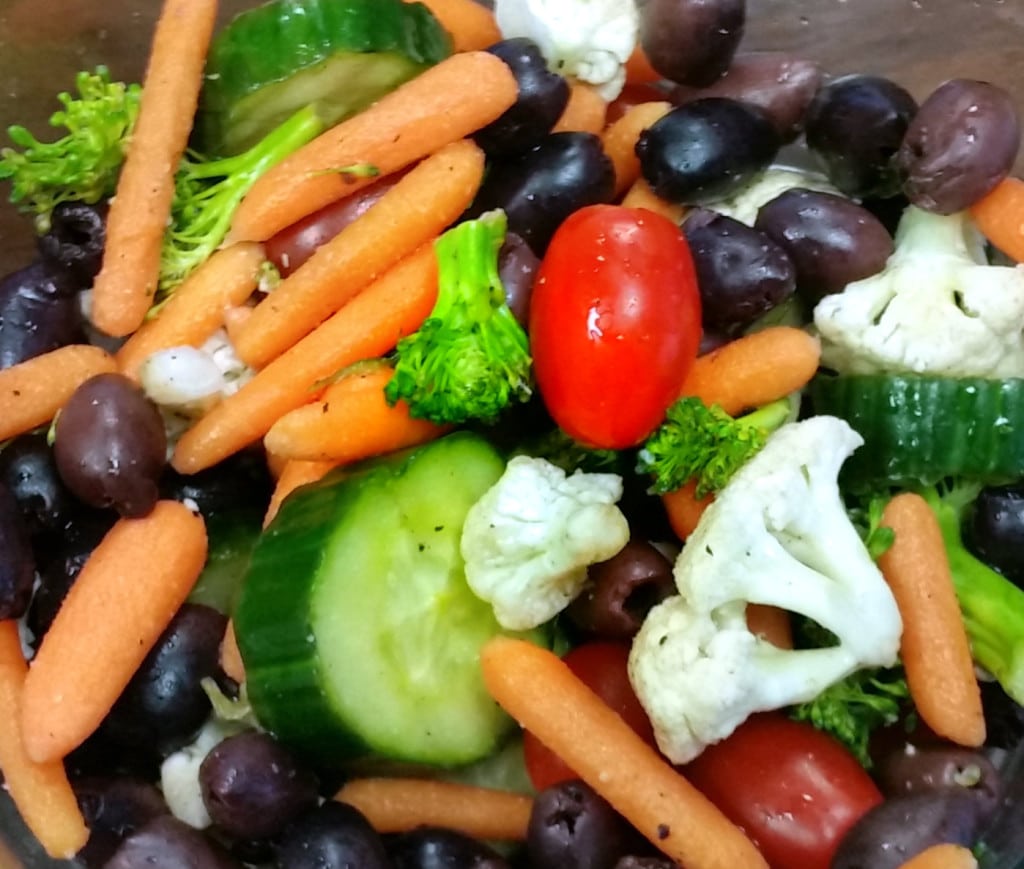
Drink Water Throughout The Day
Water is necessary for regulating body temperature, transporting nutrients throughout our bodies, lubricating joints, and other bodily processes. However, as we age, thirst becomes less reliable as an indicator of hydration level. With the less sensitive thirst response, we are more likely to become dehydrated and, therefore, need to pay more attention to staying hydrated.
To help you set a daily goal, consider this calculator for daily water intake. Remember that coffee and tea, in moderation, are legitimate sources of water. So, are many foods.
According to What Masters Athletes Need To Know About Nutrition:
“It is helpful to remember that water can come in many forms. These include the obvious ones, including coffee, tea, milk, and soup. Water can also be consumed in fruits and vegetables. Registered nutritionist and chef Ian Harris points out that ‘vegetables such as celery, cucumber, iceberg lettuce, tomato and zucchini contain over ninety percent water’. In addition, ‘melons such as cantaloupe and watermelon have some of the highest water content, at more than 90 percent.’ Many other commonly available fruits contain over 80 percent water.”
Since it takes time for our body to absorb and distribute water we ingest, sipping water throughout the day is more effective than downing a day’s volume in one or two sittings.
Add Electrolytes To Your Water
Individuals engaged in strenuous physical activity, especially those who sweat a lot, may need to replenish electrolytes during exercise to support optimal hydration.
There are many sports drinks and additives to water aimed at supplying the much needed electrolytes. If you sweat a lot during an extended period, such as during hard exercise, you will likely benefit from adding electrolytes.
While doing research for this post, I came across an idea for improving hydration, one which I have started to evaluate. This low-cost solution, called Himalayan Salt Sole, involves adding a teaspoon of water saturated with dissolved pink Himalayan Sea Salt. The link will take you to the recipe.
I am also monitoring my blood pressure as part of the evaluation, expecting to see a reduction with improved hydration.
Pay Attention To Your Body
The main symptoms of dehydration are excessive thirst, dark urine, dizziness, and fatigue. Be sure to seek medical attention if these symptons persist.
Conclusions
Staying hydrated in the correct way, with water and electrolytes, gives our bodies the right fuel and ensures important systems continue working smoothly.
Whether we’re playing sports, running around, or just going about our day, water will help us feel good and stay healthy. However, we must also maintain the proper balance of electrolytes to be sure the water is getting into our cells, is being maintained at the proper level, and waste products generated within our cells are being removed.
Please Leave Your Questions and Comments Below
Comments: Please note that I review all comments before they are posted. You will be notified by email when your comment is approved. Even if you do not submit a comment, you may subscribe to be notified when a comment is published.

